Naturae stems from an inquiry interested in photography as a contemporary language capable of expressing the complexity of human actions and cultural meanings. It is an exhibit that reflects the need to better understand, the surrounding world to which we belong although at times it can seem contrary. A need that is expressed primarily through observation of nature and its elements, and the focus of tacit or intangible relations that separate or join us with it. There is a desire to go beyond the documentation of human-induced changes upon nature and the critical aspects of this difficult coexistence. There is a desire to move the gaze toward new forms of naturalness distinctive of contemporary life, on the many “natures” formed by a mixture of randomness and artifice, on the independent bodies in constant mutation, which brings with it a vision of possible scenarios. A story purged of melancholy interpretations of the lost landscape and without holistic references or contemplative endings. The nature that still matters is the one that serves as a background for tracing a map that gives guidance to human behaviors increasingly disoriented and frantic.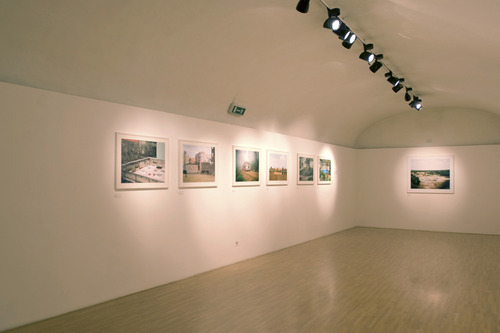
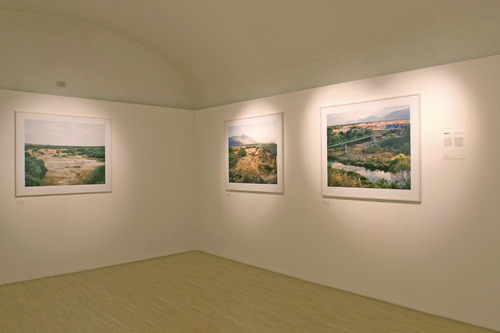
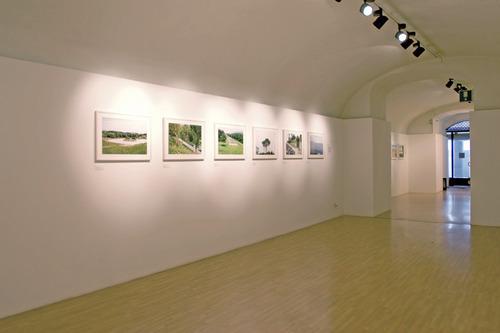
The selected projects portray several visions and interpretations on the theme by eight photographers coming from different geographical areas. The simulated representation of nature that we find in the photos taken in Dubai by Aleix Plademunt. The project of Dustin Shum who photographs with thin irony some Chinese urban parks, highlighting a contradictory and almost iconographic representation of nature. The physical need for indiscriminate if not irrational appropriation of natural resources, water for instance,as documented by Alejandro Cartagena in the controversial suburban Mexican reality. Michael De Kooter is located instead on the edge of town, on the outskirts of Lausanne, where artifice slowly merges into nature and where behaviours may appear unrealistic, almost “borderline”. The gaze of Guido Castagnoli runs along the Tamagawa river in Tokyo, a place to escape from the metropolis and for gathering human desires and instincts. Karin Borghouts plays on the edge of ambiguity, focusing on artificial environments like the zoo, forcing the viewer to reflect on the meaning of nature in these spaces and, perhaps, the very meaning of our being part of the city. Hin Chua examines, with grace and with a poetic force that feeds on the extremes, the essence of the relationship between man and nature, interpreted as a consequence of his fall from Paradise. Finally that of Anne Lass is more a introspective drift that transgresses the physical space through the imagination and places nature within a dream-like dimension almost as if it were an alien and misplaced object. Nature as fiction, recreation, ambiguity, denial, surroundings, removal, randomness and introspection. Different points of view that underly a truth: the more man distances himself from nature, the more he must seek for it. However, does nature need humans?
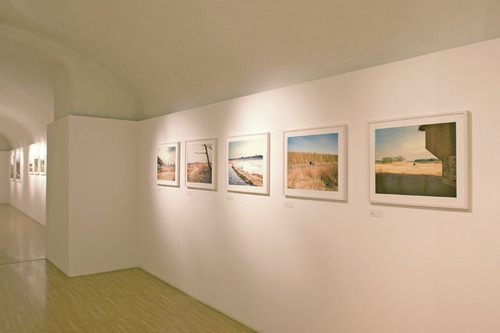
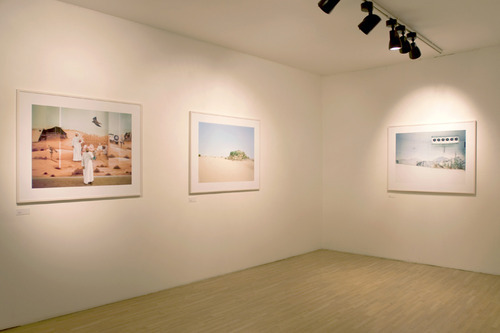
A touring exhibition will have a premiere in September at the Festival of Savignano in Italy. Then it will move to in Vicenza, at the LAMeC (Laboratory for Modern and Contemporary Art) and finally to Treviso at the Palazzo Bomben, home of the cultural activities of the Benetton Foundation Studies Research.
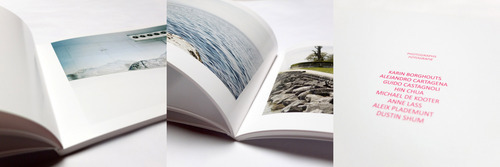
The catalogue is self published by urbanautica. Info here.
share this page